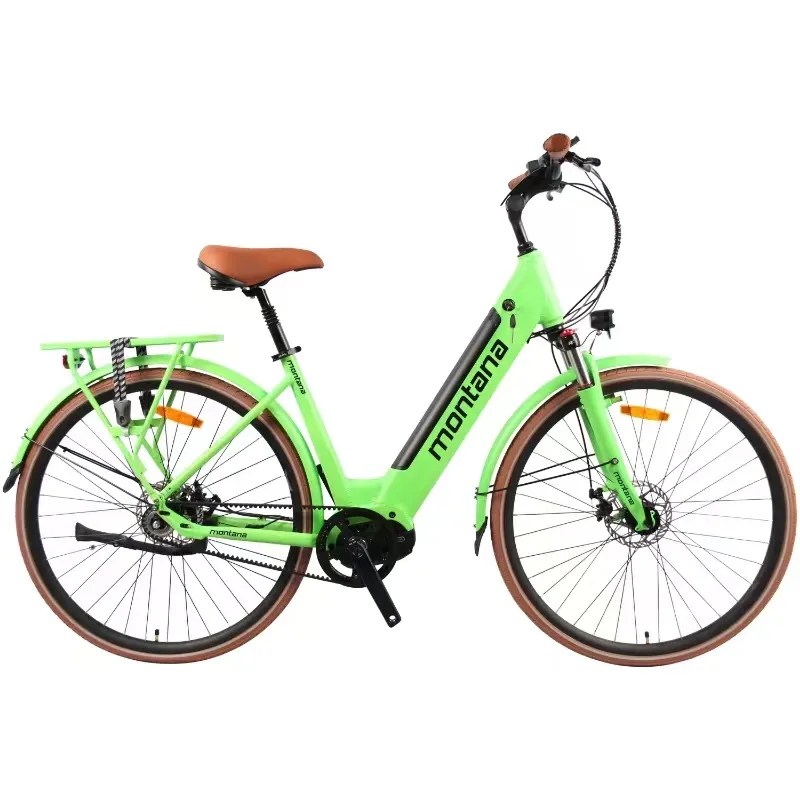
- Afrikaans
- Albanian
- Amharic
- Arabic
- Armenian
- Azerbaijani
- Basque
- Belarusian
- Bengali
- Bosnian
- Bulgarian
- Catalan
- Cebuano
- Corsican
- Croatian
- Czech
- Danish
- Dutch
- English
- Esperanto
- Estonian
- Finnish
- French
- Frisian
- Galician
- Georgian
- German
- Greek
- Gujarati
- Haitian Creole
- hausa
- hawaiian
- Hebrew
- Hindi
- Miao
- Hungarian
- Icelandic
- igbo
- Indonesian
- irish
- Italian
- Japanese
- Javanese
- Kannada
- kazakh
- Khmer
- Rwandese
- Korean
- Kurdish
- Kyrgyz
- Lao
- Latin
- Latvian
- Lithuanian
- Luxembourgish
- Macedonian
- Malgashi
- Malay
- Malayalam
- Maltese
- Maori
- Marathi
- Mongolian
- Myanmar
- Nepali
- Norwegian
- Norwegian
- Occitan
- Pashto
- Persian
- Polish
- Portuguese
- Punjabi
- Romanian
- Russian
- Samoan
- Scottish Gaelic
- Serbian
- Sesotho
- Shona
- Sindhi
- Sinhala
- Slovak
- Slovenian
- Somali
- Spanish
- Sundanese
- Swahili
- Swedish
- Tagalog
- Tajik
- Tamil
- Tatar
- Telugu
- Thai
- Turkish
- Turkmen
- Ukrainian
- Urdu
- Uighur
- Uzbek
- Vietnamese
- Welsh
- Bantu
- Yiddish
- Yoruba
- Zulu
Dec . 21, 2024 07:20 Back to list
Can Kids Safely Use Electric Scooters on Sidewalks and Pathways?
Can a Child Ride an Electric Scooter on the Pavement?
The rising popularity of electric scooters has transformed urban travel for both adults and children. Parents are now faced with questions about safety and legality, particularly regarding children riding electric scooters on pavements. While electric scooters offer an exciting and environmentally friendly mode of transport, understanding the rules and risks associated with their use is essential for ensuring a safe riding experience for young riders.
Understanding Local Laws
First and foremost, it is crucial to understand that laws governing electric scooter usage vary significantly from one location to another. In many cities, riding electric scooters on pavements is prohibited, primarily to ensure the safety of pedestrians. These regulations are put in place because pavements are designed for foot traffic, and the presence of electric scooters can lead to accidents, especially in crowded areas. Before allowing a child to ride an electric scooter, parents should familiarize themselves with local laws and regulations to ensure compliance.
In some areas, children may be required to ride scooters on the road rather than the pavement, provided that they follow specific safety guidelines. This can be daunting for parents, as riding on the road comes with its own set of dangers, including vehicular traffic and uneven surfaces. Therefore, understanding the legal framework is vital before allowing a child to ride on the pavement or the road.
Safety Considerations
can a child ride an electric scooter on the pavement

Safety is another key factor when evaluating whether a child should ride an electric scooter on the pavement. Electric scooters can reach impressive speeds, sometimes exceeding 15 miles per hour. This speed can pose significant risks, particularly for young children who may lack the experience and coordination required to navigate safely in busy environments. If riding on the pavement is legal in a specific area, parents must ensure that their child understands the importance of looking out for pedestrians, avoiding reckless behaviors, and maintaining control of the scooter.
Additionally, wearing proper safety gear is critical. Helmets, knee pads, and elbow pads can provide extra protection in the event of falls or collisions. Parents should set a good example by demonstrating safe riding practices and ensuring that their child is compliant with safety recommendations.
The Case for Designated Areas
The conversation surrounding where children can ride electric scooters often advocates for designated scooter lanes or parks. Many urban planners recognize the need for safe areas for riders of all ages, and the establishment of scooter-friendly zones can enhance social inclusivity and promote healthier transport choices. These areas, away from both pedestrians and vehicular traffic, allow children to enjoy their scooters without the inherent risks associated with street or pavement riding.
Conclusion
In conclusion, whether a child can ride an electric scooter on the pavement is a multifaceted issue that involves legal, safety, and social considerations. Parents must stay informed about local regulations and assess the maturity and riding skills of their child before allowing them to ride. Promoting safe riding habits, using protective gear, and advocating for designated riding areas can help mitigate risks associated with electric scooter usage. As urban environments continue to evolve, it is essential to strike a balance between encouraging responsible riding habits and ensuring public safety. By guiding children effectively, parents can help them enjoy the thrill of riding an electric scooter while prioritizing their well-being and that of others around them.
-
The Ultimate Kids' Four-Wheeler Experience
NewsJul.09,2025
-
The Ultimate Guide to Mountain Bikes: Gear Up for Your Ride
NewsJul.09,2025
-
The New Age of Cycling: Electric Bikes for Every Rider
NewsJul.09,2025
-
The Best Kids Bicycles: Ride in Style and Safety
NewsJul.09,2025
-
The Best 3-Wheel Scooters for Kids: Fun, Safety, and Adventure
NewsJul.09,2025
-
Revolutionize Your Ride: Affordable Electric Bikes
NewsJul.09,2025
-
Finding the Perfect Mountain Bike for Every Rider
NewsJul.09,2025



